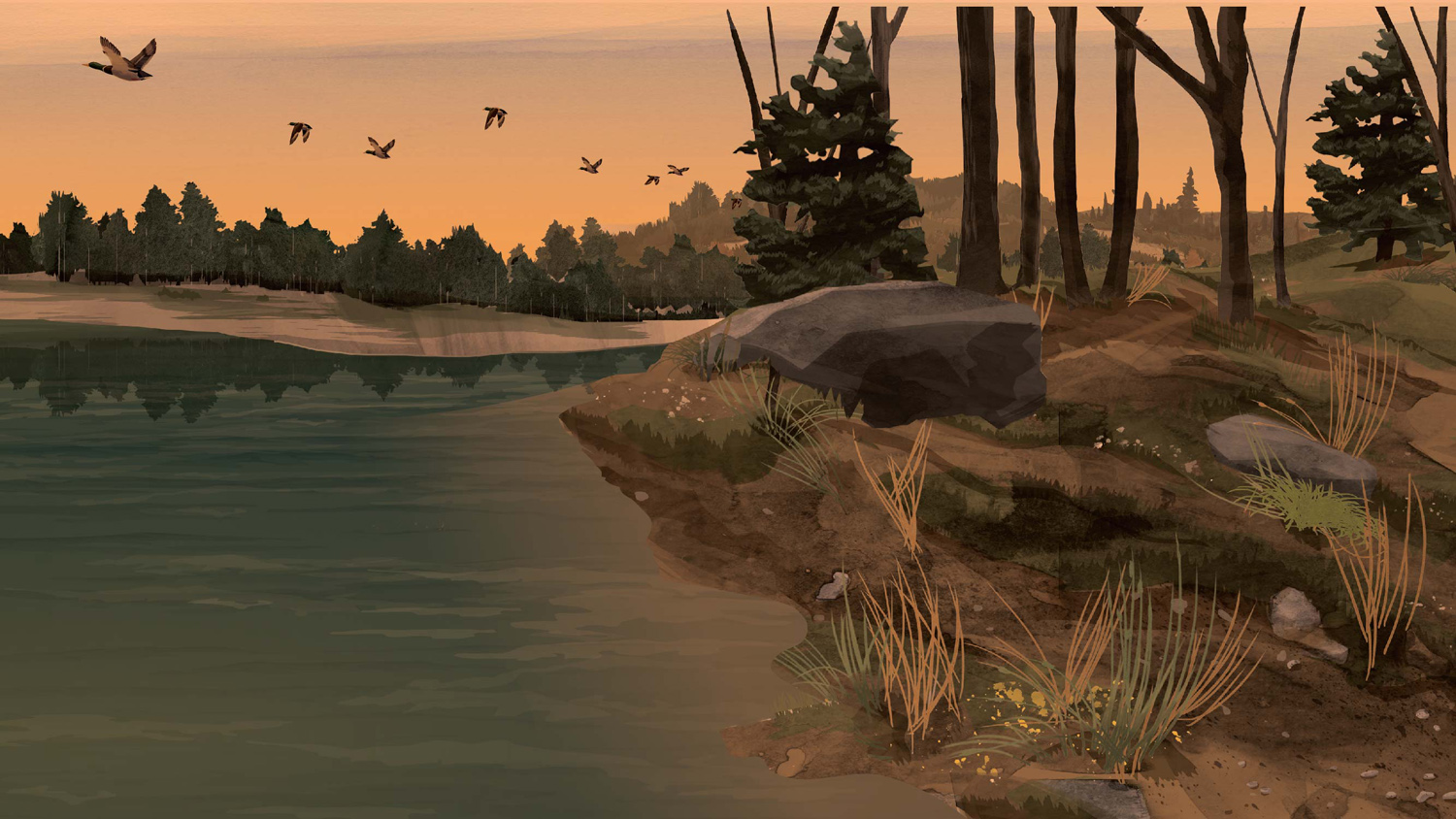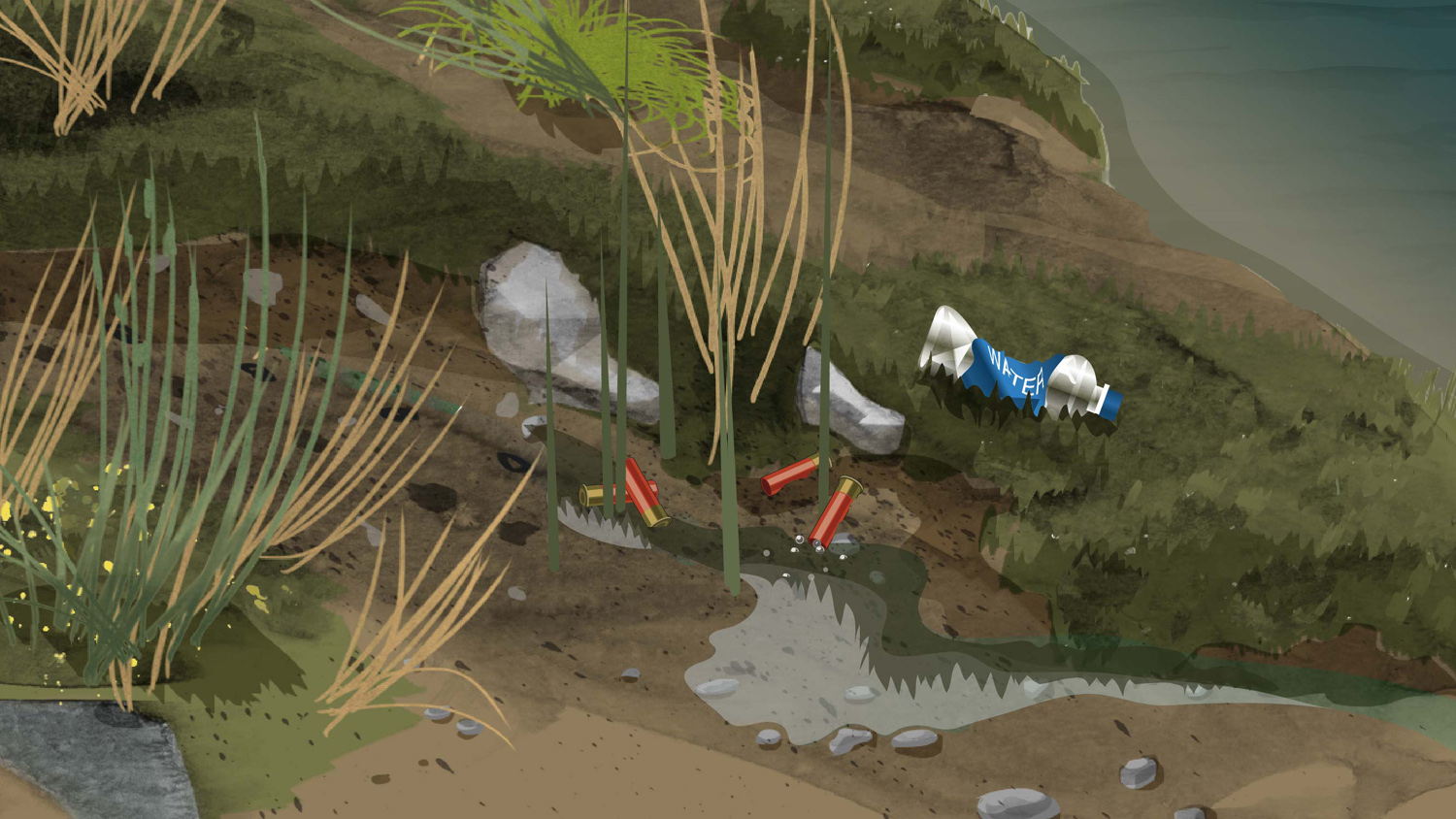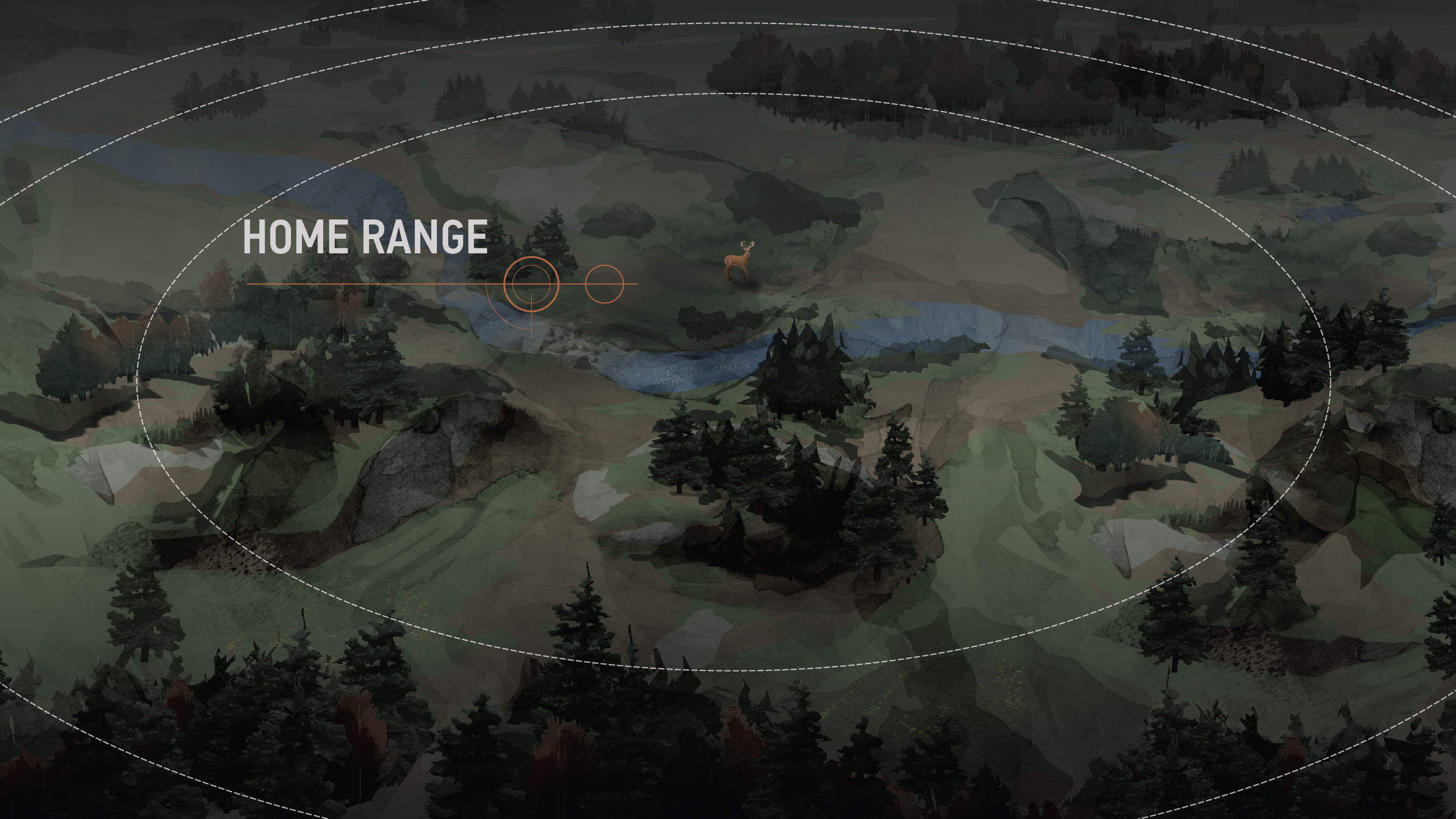HUNTINGsmart! USA Knowledge Base
Module 09 - HUNTING LAWS AND REGULATIONS
HABITAT MANAGEMENT

Just like you learned in biology class, a ‘habitat’ is the place where an organism lives within a community. Habitats change over time through natural succession, providing benefits to distinct species at different stages of growth.
Factors such as the climate of a habitat area and the reproductive potential of a species will have an effect on the relationship between habitat and wildlife.
The sizes of the different habitats out there vary widely. They can be as small as a frog’s pond to as large as a grizzly’s mountainside.

Protecting wildlife habitats is as important as protecting wildlife. If there’s no habitat, it means there will be no species, and no species means no hunting.
The greatest threat to wildlife habitats in the U.S. is urban sprawl. As cities expand, wildlife habitats shrink. So yes, the conservation efforts in your state are very important!
Wise Words: “Home, Home on the Range”
The ‘home range’ is the area that a game animal will travel over as it carries out it’s daily or yearly activities. Unless the animal migrates for the winter, this area essentially becomes the perimeter for the entire lifespan of that animal.




